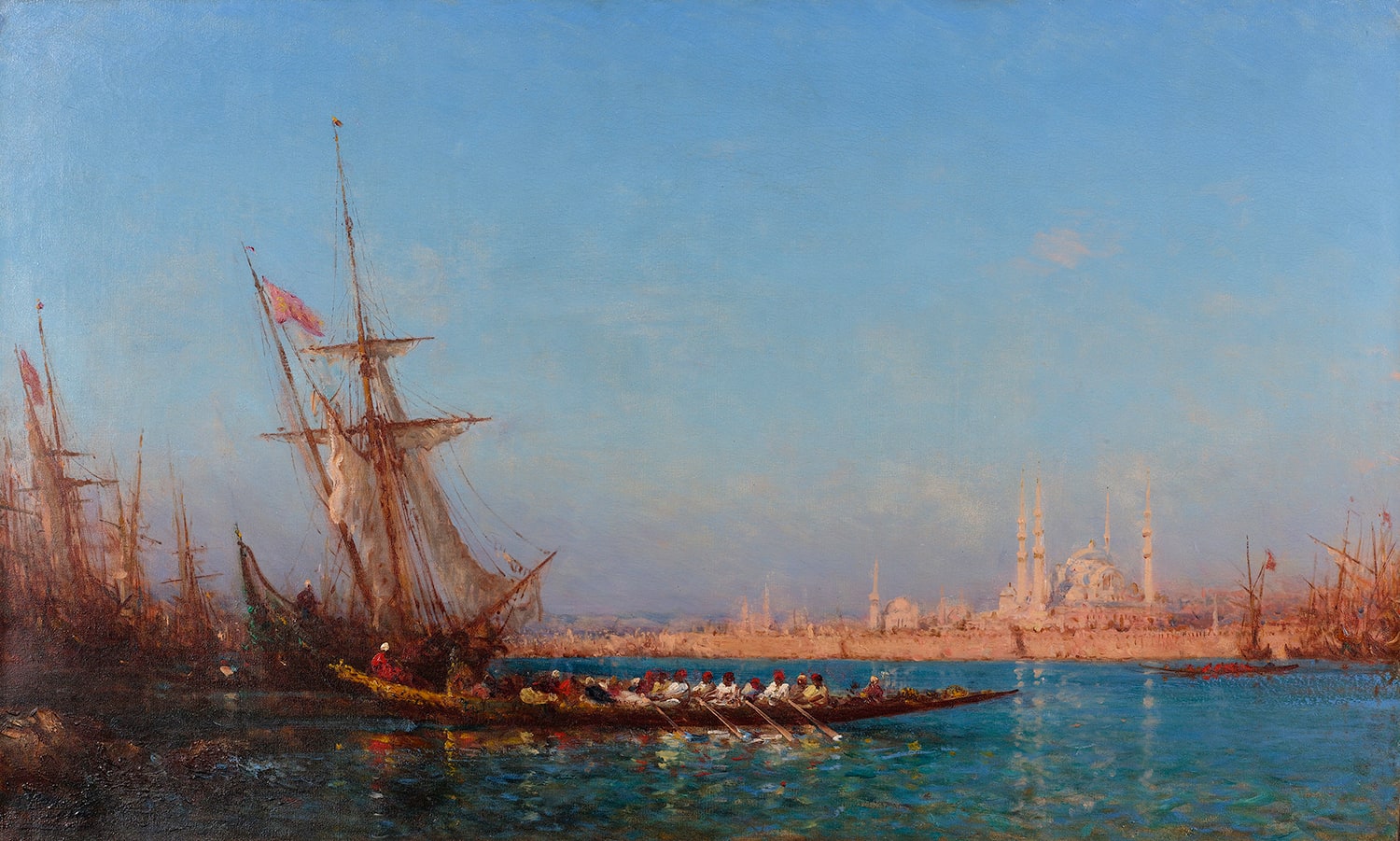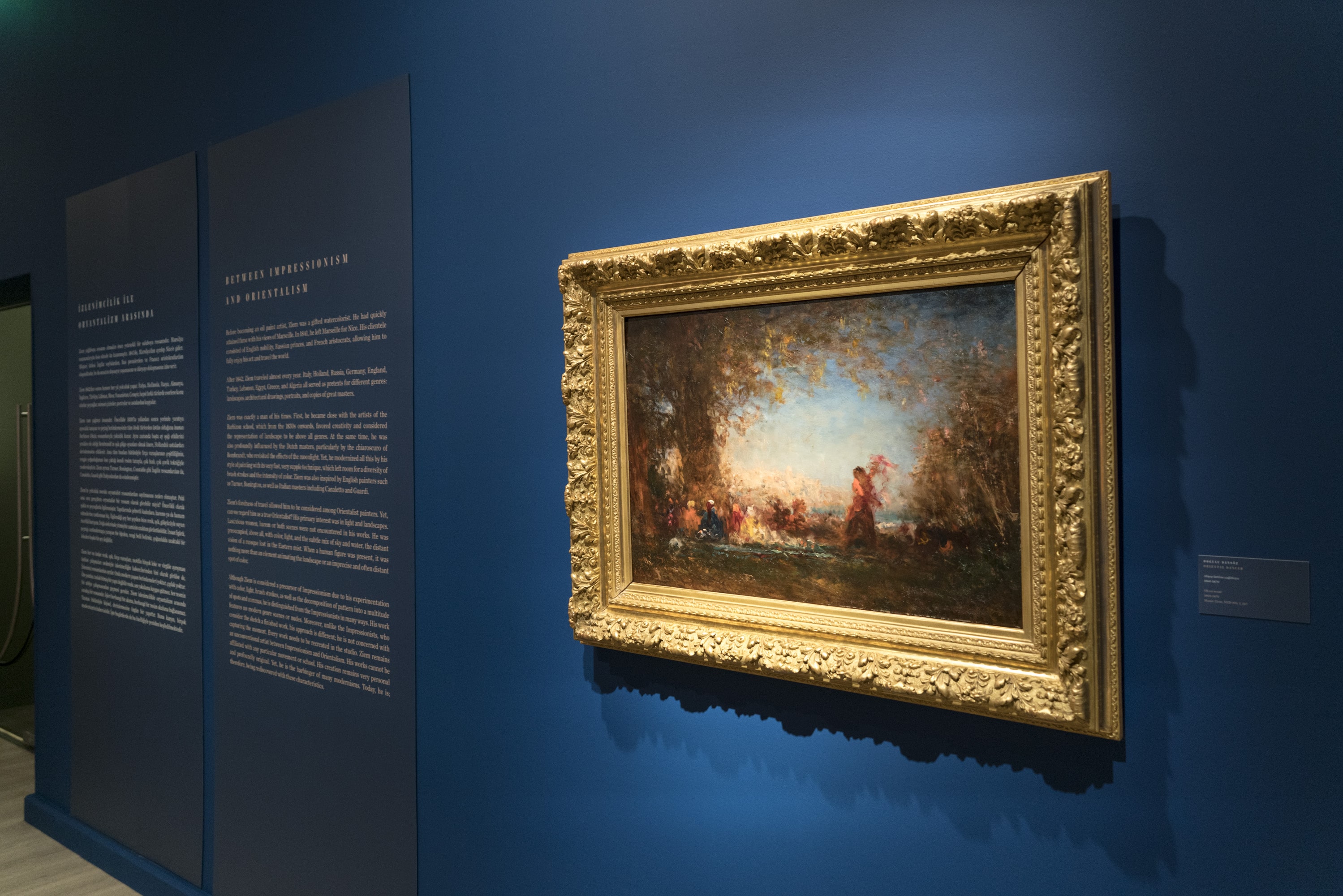Teachers
Teachers who take an online guided tour of the exhibition titled On the Spot: Panoramic Gaze on Istanbul, a History learn about the displayed artworks. The show allows teachers to study the circulation of the panorama form and representation style in the Ottoman Empire and Europe through a diverse selection of materials, including not only paintings, prints, and photographs but also ephemera and archival documents. Moreover, they have the opportunity to discover ways to efficiently guide their students through the exhibition and explore activities suitable for different age groups.
Duration: 40 minutes
Related Exhibition: On the Spot: Panoramic Gaze on Istanbul, a History
The event that will take place via the Zoom Meeting application is free.
Groups of at least 10 and maximum 80 people and reservations are required.
For more information and reservation: ogrenme@peramuzesi.org.tr

Félix Ziem is accepted as one of the well-known artists of the romantic landscape painting, and has been followed closely by art lovers and collectors of all periods since. He had a profound influence on generations of artists after him, and was the first artist whose works were acquired by the Louvre while he was still alive.

Pera Museum presents an exhibition of French artist Félix Ziem, one of the most original landscape painters of the 19th century. The exhibition Wanderer on the Sea of Light presents Ziem as an artist who left his mark on 19th century painting and who is mostly known for his paintings of Istanbul and Venice, where the city and the sea are intertwined. Through the exhibition, we will be sharing detailed information about the artist and the artworks.
Tuesday - Saturday 10:00 - 19:00
Friday 10:00 - 22:00
Sunday 12:00 - 18:00
The museum is closed on Mondays.
On Wednesdays, the students can
visit the museum free of admission.
Full ticket: 300 TL
Discounted: 150 TL
Groups: 200 TL (minimum 10 people)